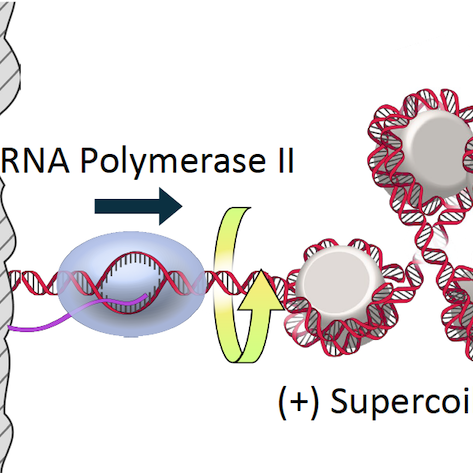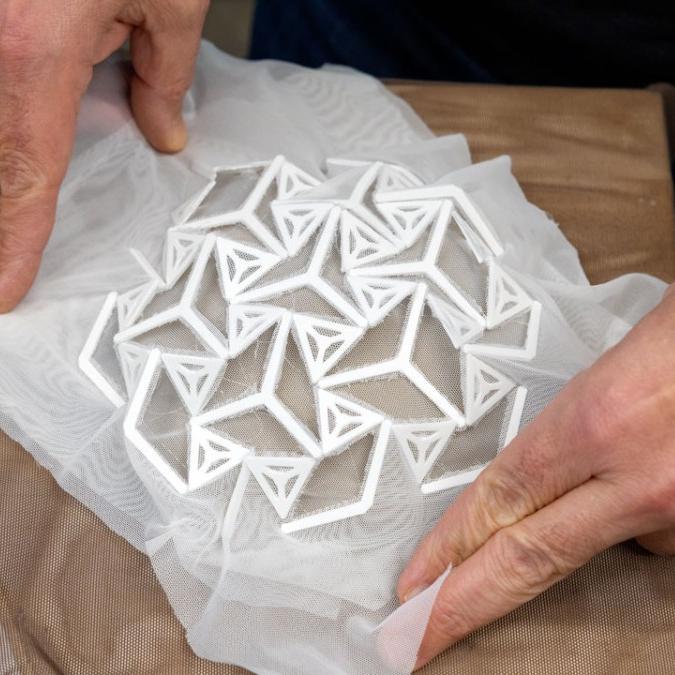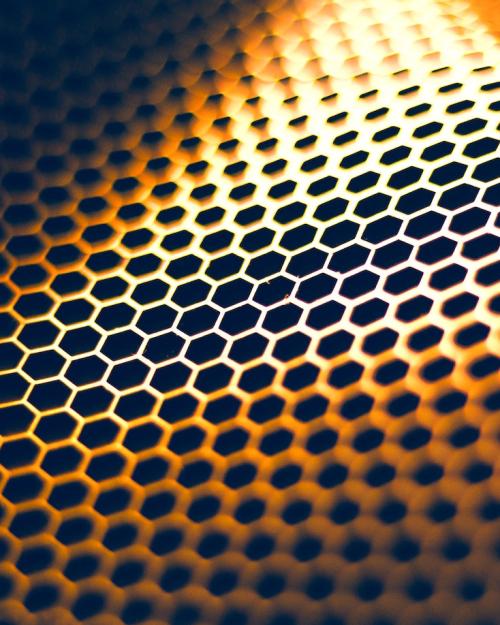For decades, scientists have been studying electrons by looking at common materials like silicon and observing one electron at a time. But lately, scientists have been excited by so-called quantum materials, in which trillions of electrons interact and influence each other—behavior that is evident in high-temperature superconductors.
“These new materials exhibit counterintuitive properties that can’t be described by treating these electrons one at a time,” says Debanjan Chowdhury, assistant professor of physics, in a Cornell Research profile. “Instead, we have to treat the electrons in these materials as one collective fluid in which electrons are strongly entangled with one another. We don’t even have the right kinds of technical tools and mathematical machinery to describe their properties reliably yet.”
For Chowdhury, who is a theoretical physicist, quantum materials are at once puzzles and pathways to innovation.
“These materials are exciting,” he says. “They hold a lot of promise to further our basic understanding of quantum mechanics as it applies to trillions of interacting electrons. They also could potentially drive the next generation of quantum technologies.”






